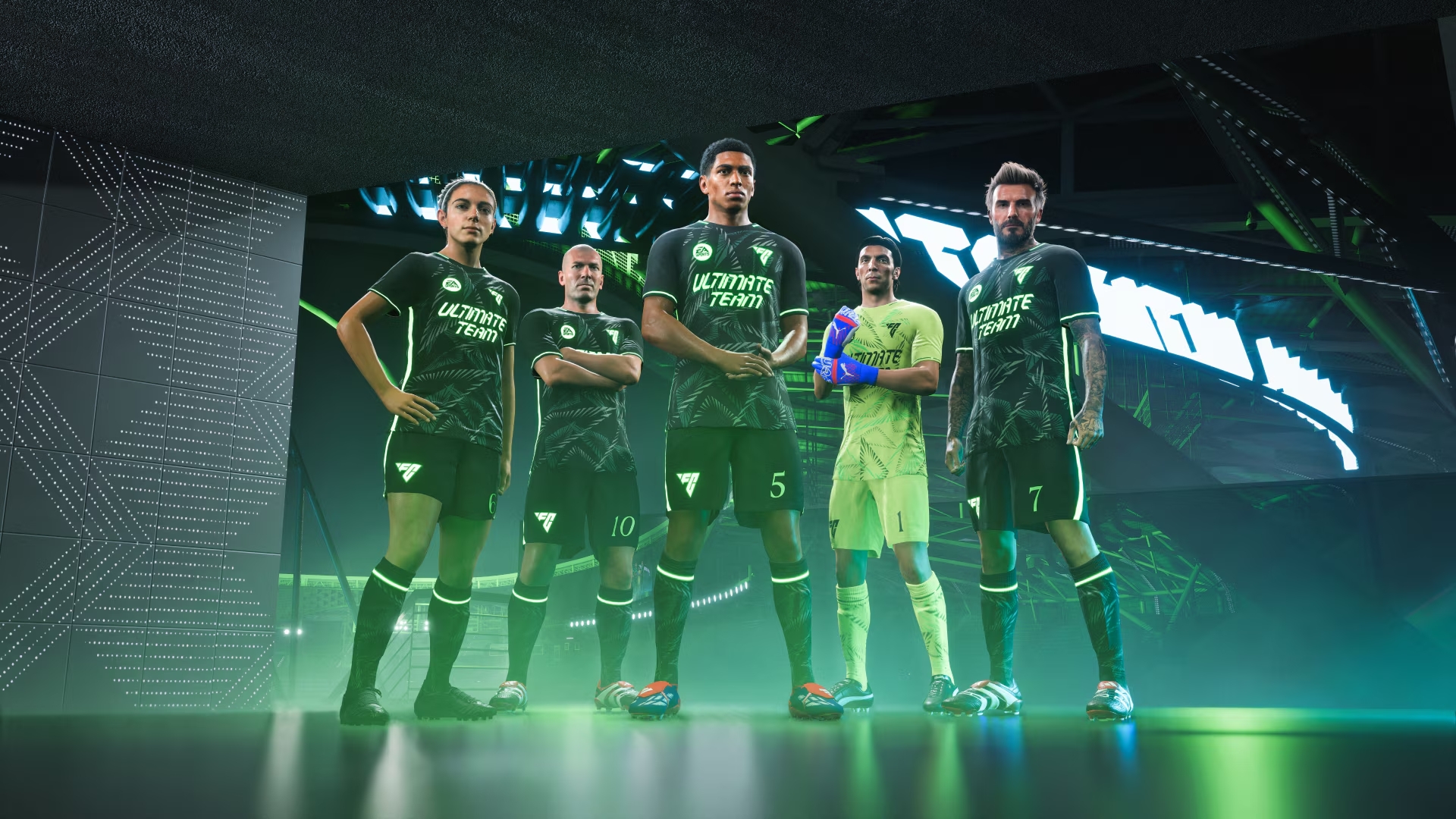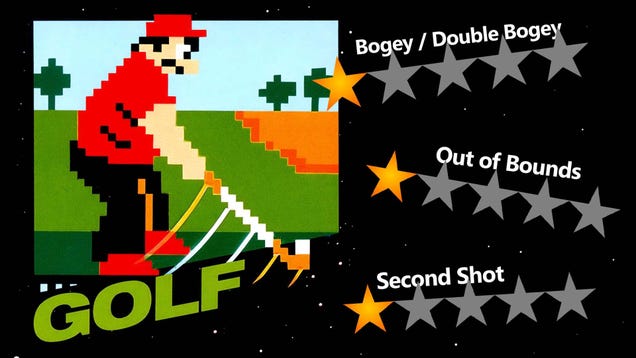What's the deal with Microsoft adding AI to Excel through Copilot? Seriously, are we that desperate for automation that we can't even handle basic spreadsheet tasks anymore? This is just another gimmick to distract us from the fact that they’re not fixing the fundamental issues within their software. Instead of making Excel user-friendly, they throw in some AI nonsense to mask their incompetence. How about prioritizing stability and performance over flashy features that nobody asked for? It’s infuriating to see tech companies continuously miss the mark while we, the users, are left to deal with the mess.
#Microsoft #Excel #Copilot #AI #TechFail
#Microsoft #Excel #Copilot #AI #TechFail
What's the deal with Microsoft adding AI to Excel through Copilot? Seriously, are we that desperate for automation that we can't even handle basic spreadsheet tasks anymore? This is just another gimmick to distract us from the fact that they’re not fixing the fundamental issues within their software. Instead of making Excel user-friendly, they throw in some AI nonsense to mask their incompetence. How about prioritizing stability and performance over flashy features that nobody asked for? It’s infuriating to see tech companies continuously miss the mark while we, the users, are left to deal with the mess.
#Microsoft #Excel #Copilot #AI #TechFail
















